Smart insoles integrate sensor technology and data analysis algorithms to track and analyze the gait of individuals while walking or running. This technology is not only widely used in scientific research but also plays a crucial role in fields such as rehabilitation medicine, sports training, and health monitoring. Here are some benefits of gait analysis with smart insoles:
- Personalized Customization: Smart insoles can tailor-make the most suitable insoles for each individual by collecting their gait data. This personalized customization can enhance the comfort and support of the insoles, reducing foot problems caused by ill-fitting footwear.
- Prevention of Sports Injuries: Smart insoles can detect poor habits or postures during running or walking, such as excessive pronation or supination, and asymmetrical walking patterns. This information can help users adjust their posture in a timely manner, reducing the risk of sports injuries.
- Rehabilitation Monitoring: For rehabilitation patients, smart insoles can be a powerful tool in the rehabilitation process. By tracking changes in gait, healthcare professionals can accurately assess the progress of patients’ rehabilitation, adjust rehabilitation plans in a timely manner, and provide personalized rehabilitation advice.
- Optimization of Sports Performance: For athletes and fitness enthusiasts, smart insoles can help optimize their sports performance. By analyzing gait data, areas for improvement during exercise can be identified, and personalized training advice can be provided to help improve exercise efficiency and reduce fatigue.
- Health Monitoring: Smart insoles can also be used to monitor users’ overall health status. For example, they can detect changes in gait, alerting users to potential health issues such as arthritis, neurological diseases, or other physical discomfort.
Overall, the gait analysis technology of smart insoles provides users with more comprehensive and personalized health management services, improving not only their comfort and exercise experience but also helping to prevent sports injuries, monitor rehabilitation progress, and enhance sports performance.



